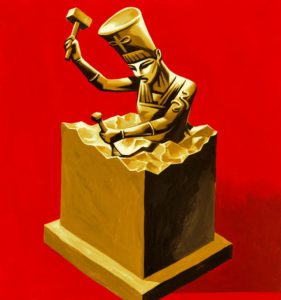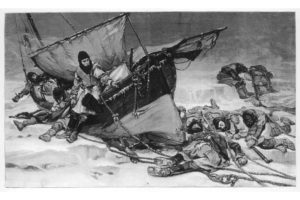
Frank Sinatra and his wife, actress Mia Farrow, as they arrive at Truman Capote’s Black and White Ball.
Last week marked the 50th anniversary of the most famous (or infamous) Hollywood-arts-money-politics-celebrity mash-up of the 20th century. What made Truman Capote’s Black and White Ball at New York’s Plaza Hotel in 1966 so special was the way he managed to bring together power players from every section of American society, from McGeorge Bundy (who had recently left the post of White House national security adviser) to Frank Sinatra. Some say that the ball inaugurated the era of the celebrity A-list. Continue reading…













